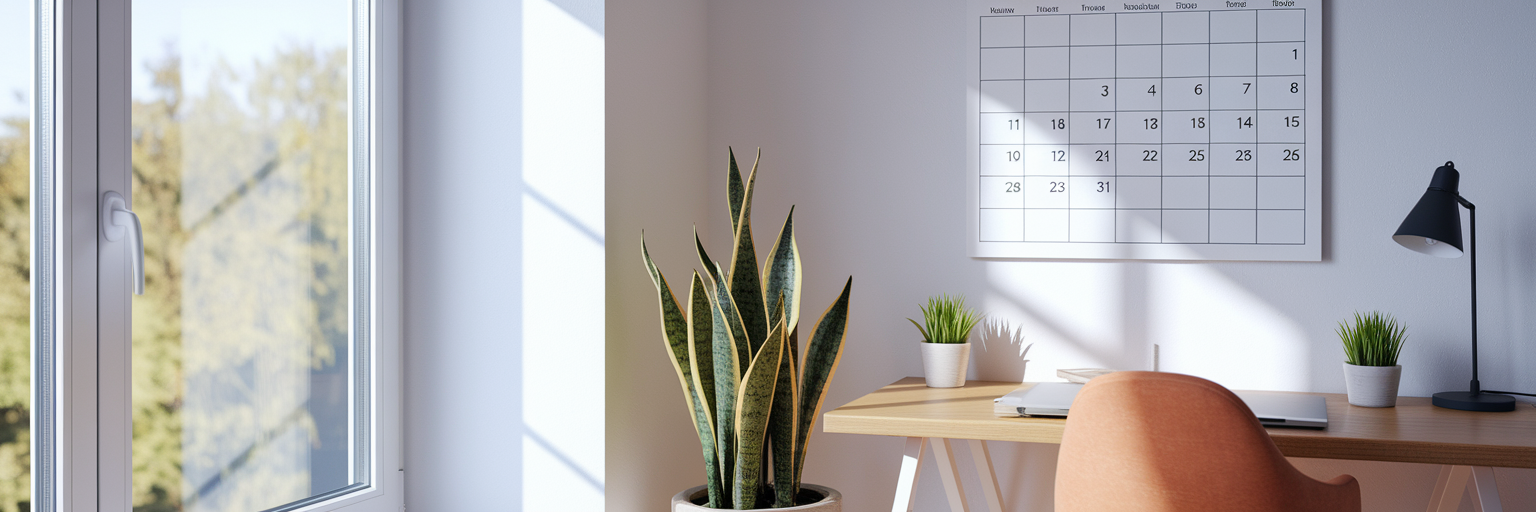Mastering Pinterest Scheduling for Consistent Growth

Pinterest's algorithm has long interpreted a steady flow of new content as a signal of an active, high-value account. This isn't just about staying active; it's about building a predictable presence that the platform learns to trust and promote. For any brand aiming to build a solid pinterest marketing strategy 2025, understanding this principle is the first step.
The Foundation of Pinterest Success
Consistency is the bedrock of any effective Pinterest approach. Think of it from the algorithm's perspective: an account that posts sporadically is unpredictable. An account that shares valuable content on a regular schedule becomes a reliable source, earning greater visibility in user feeds. This isn't just theory. Industry analysis from sources like Hootsuite has shown that accounts with a consistent pinning schedule can see significantly higher engagement rates.
This regularity does more than just please the algorithm. It builds audience expectation. Your followers learn when to look for your new ideas, recipes, or products, turning passive viewers into an engaged community. A steady stream of content keeps your brand visible, ensuring you are top of mind when a user is ready to make a decision, whether that's planning a project or making a purchase.
However, there is a crucial difference between simply posting and strategic scheduling. The goal is not just random activity. It's about purposeful content delivery that aligns with when your audience is most active and tells a cohesive brand story over time. This is where planning moves from a nice-to-have to a necessity.
Choosing Your Scheduling Toolkit
With the importance of consistency established, the next question is practical: how do you achieve it without being chained to your screen? The answer lies in choosing the right scheduling tool. A quality Pinterest scheduler should feel less like a chore and more like a strategic partner. The non-negotiable features include a clean user interface that doesn't require a manual to understand, the ability to schedule pins in bulk, and performance analytics to see what's working.
Most importantly, any tool you choose must have official API integration with Pinterest. This ensures your account remains secure and compliant with Pinterest's terms of service. Without it, you risk putting your account in jeopardy. For those looking to implement these strategies, you should try PostingCat, the free social media management platform powered by AI that streamlines this entire process. It was designed to serve both beginners who need simplicity and experts who require advanced automation.
Using a dedicated tool like this one, which you can learn more about at our Pinterest scheduling page, removes the daily friction of manual uploads. It frees you from the tedious task of pinning in real time, allowing you to batch your content creation and focus your energy on strategy and creative development. This makes it the best pinterest scheduling tool for creators who value both efficiency and impact.
Pinpointing Your Perfect Posting Times

So you have your tool, but the pressing question remains: when to post on pinterest for maximum impact? General data offers a good starting point. For a US audience, evenings between 8 PM and 11 PM local time and weekends are typically high-activity periods. But these are just averages. Relying on them alone is like using a map of the entire country to find a specific street.
The most valuable data is your own. Dive into your Pinterest "Audience Insights" to discover when your specific followers are online. This is where you move from generic advice to personalized strategy. Are your followers early birds planning their day or night owls seeking inspiration? Your analytics hold the answer. Once you know their patterns, you can introduce "content zoning," which means aligning your content type with your audience's mindset at a specific time.
For a national audience, remember to schedule key pins to hit peak times in major US time zones, like EST and PST. This simple adjustment can dramatically increase your content's initial visibility. Here is a sample framework to get you started:
Building a Sustainable Content Calendar
A schedule without a plan is just a list of tasks. A true content calendar is a business blueprint that aligns your daily pinning activity with your larger marketing goals. It should account for seasonal American holidays like the Fourth of July, major sales events, and new product launches. This strategic foresight transforms your Pinterest presence from reactive to proactive.
Here are some actionable pinterest content calendar tips to build a sustainable workflow:
- Start with monthly themes based on your business goals or seasonal trends.
- Break themes down into weekly topics or "content pillars" like Educational, Inspirational, or Behind-the-Scenes.
- Assign specific pin ideas to each day, ensuring a mix of content types to keep your feed interesting.
- Plan for "fresh pins" by creating multiple unique visuals that all point to the same URL.
- Schedule time for review and adjustment based on performance data.
One of the most common pitfalls is sacrificing quality for quantity. Over-scheduling can lead to audience fatigue and burnout for you. Tools with a visual calendar, like the one available in our platform's features, help maintain a balanced and thoughtful content flow. It allows you to see your entire month at a glance, preventing content gaps or repetition.
To maintain consistency without constant creation, embrace content repurposing. A single blog post can be transformed into multiple unique pins: a quote graphic, an infographic with key stats, and a short video clip. This approach fills your calendar efficiently while providing fresh value to your audience. You can find more strategic advice on the PostingCat blog.
Advanced Tactics for Maximum Reach

Once your scheduling foundation is solid, you can layer in advanced tactics. The first concept to master is the "fresh pin." This refers to a new image or video that Pinterest's algorithm has not seen before. The platform prioritizes this novelty because it keeps the user experience new and engaging. Your scheduling strategy must therefore include a plan for creating new visuals, not just re-pinning old content.
However, no scheduling tactic can compensate for poor visuals on a platform driven by aesthetics. Your pins must be created to capture attention. Always use vertical aspect ratios that fill the mobile screen, feature high-resolution images, and include clear, legible text overlays that communicate value instantly. Think of your pin as a mini-billboard competing for attention in a busy feed.
Keywords are the engine of long-term discoverability. Weave relevant search terms naturally into your pin titles, descriptions, and board names. This ensures your content continues to be found through search long after its initial publication. Finally, a diverse content mix is essential for a healthy account. Each format serves a unique purpose:
- Static Image Pins: Ideal for driving direct traffic to a website or product page. They are the workhorse of most Pinterest strategies.
- Video Pins: Excellent for storytelling, tutorials, and capturing user attention in the feed. They often have higher engagement rates.
- Idea Pins: A multi-page format perfect for step-by-step guides and listicles. They are designed to keep users on Pinterest and build brand authority.
Measuring and Refining Your Strategy
Effective scheduling is not a "set it and forget it" activity. It is a dynamic cycle of posting, measuring, and refining. Your initial setup is just the beginning; true success comes from making data-driven adjustments over time. This is how to schedule pinterest pins in a way that actually grows your business.
Focus on the metrics that matter most, which you can find in Pinterest Analytics or your scheduling tool. Track impressions to understand your reach, saves to gauge user intent, and outbound clicks to measure action. Each metric tells a different part of the story about your content's performance. An impression means they saw it, a save means they liked it, and a click means they wanted more.
Establish a simple monthly review. Identify your top-performing pins and ask why they succeeded. Was it the topic, the visual style, or the call-to-action? Likewise, analyze your low-performing pins to learn what to avoid. This continuous feedback loop is what turns scheduling from a simple task into a powerful strategic advantage. It transforms Pinterest from a passive content board into a predictable engine for traffic and growth.
🚀 Try PostingCat PRO
Social Media Scheduling, AI Content Creation and Research, Automations, Analytics and more.
Register today and get 50% off in your first month using the promo code BLOG50 at checkout.
Unlock Your Full Potential
- Unlimited post scheduling across all platforms
- Advanced AI Content Wizard for blogs & social media
- In-depth Analytics & Reporting to track your growth
- Content Curation & Idea Generation tools